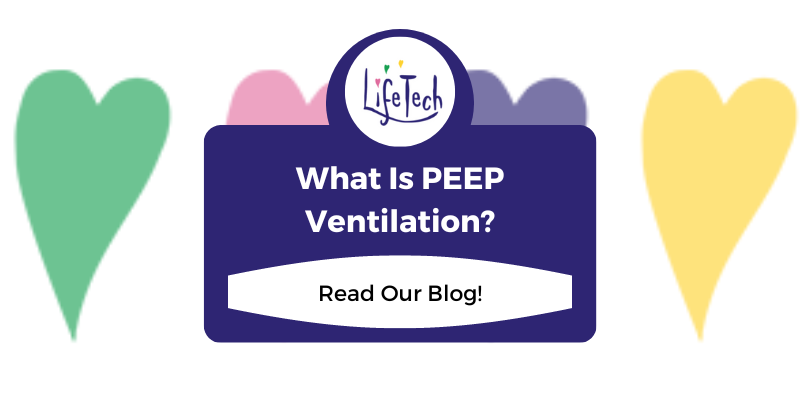
PEEP stands for positive end-expiratory pressure and is a treatment option for patients with acute respiratory failure. Many people might not know about PEEP ventilation and how it can help patients, so continue reading to find out more about PEEP ventilation!
What Is PEEP Ventilation?
-
Positive end-expiratory pressure is the amount of positive pressure that is delivered when the patient exhales. Getting the correct amount of positive pressure delivered is essential to ensuring that the alveoli (air sacs in the lungs) are receiving adequate amounts of oxygen and preventing them from closing.
-
PEEP is a function or setting of mechanical ventilation that is available on most ventilator systems. When a patient needs mechanical ventilation, since they can’t breathe on their own, they will sometimes need to utilize PEEP to help ensure that the alveoli stay open when exhaling.
When Is PEEP Ventilation Used?
-
PEEP is used when a patient has acute respiratory failure and cannot breathe on their own. Acute respiratory failure can be caused by lung infections like pneumonia, respiratory conditions like asthma or COPD, stroke, collapsed lung, and many other factors. If the respiratory failure is severe enough, then the patient will be placed on a ventilator to help distribute oxygen from the lungs into the bloodstream.
It is not easy to hear that you or a loved one has acute respiratory failure and must be placed on ventilation support. With guidance from your provider and support from friends and family, it can be less overwhelming. Knowing more about mechanical ventilation can help you understand why it is needed and what it is doing to help aid the lungs during the healing process. If you have any questions about our respiratory or ventilator services, contact our team or visit our website for more information!
March 10, 2023 by Life Tech
PEEP stands for positive end-expiratory pressure and is a treatment option for patients with acute respiratory failure. Many people might not know about PEEP ventilation and how it can help patients, so continue reading to find out more about PEEP ventilation! What...